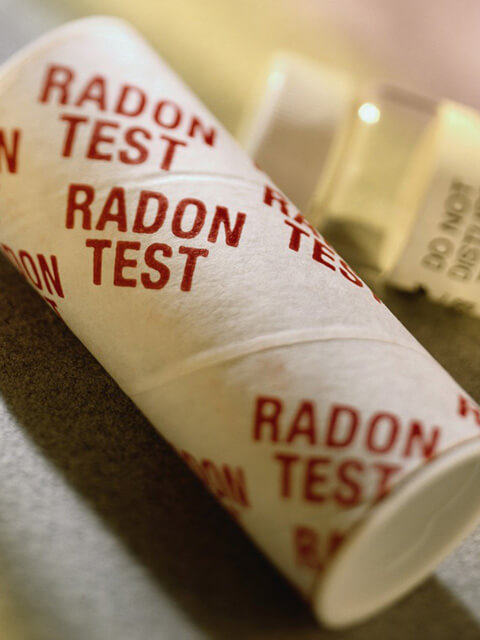Radon Testing
As described by the EPA, radon is a naturally-occurring radioactive gas that can cause lung cancer. Radon gas is inert, colorless and odorless. Radon is naturally in the atmosphere in trace amounts. Outdoors, radon disperses rapidly and, generally, is not a health issue. Most radon exposure occurs inside homes, schools and workplaces. Radon gas becomes trapped indoors after it enters buildings through cracks and other holes in the foundation. Indoor radon can be controlled and managed with proven, cost-effective techniques.
Breathing radon over time increases your risk of lung cancer. Radon is the second leading cause of lung cancer in the United States. Nationally, the EPA estimates that about 21,000 people die each year from radon-related lung cancer. Only smoking causes more lung cancer deaths.
You can take steps to reduce and control the amount of radon in your home. Testing is the only way to determine radon levels. Have your home tested by one of our trained professionals.
If radon levels are high, contact a certified radon service professional to fix your home. EPA guidance suggests mitigating if levels are at or above 148 Becquerels/meter3 (4 picocuries/liter). Usually, radon problems are fixed using an underground ventilation system or by increasing the rate of air changes in the building.

